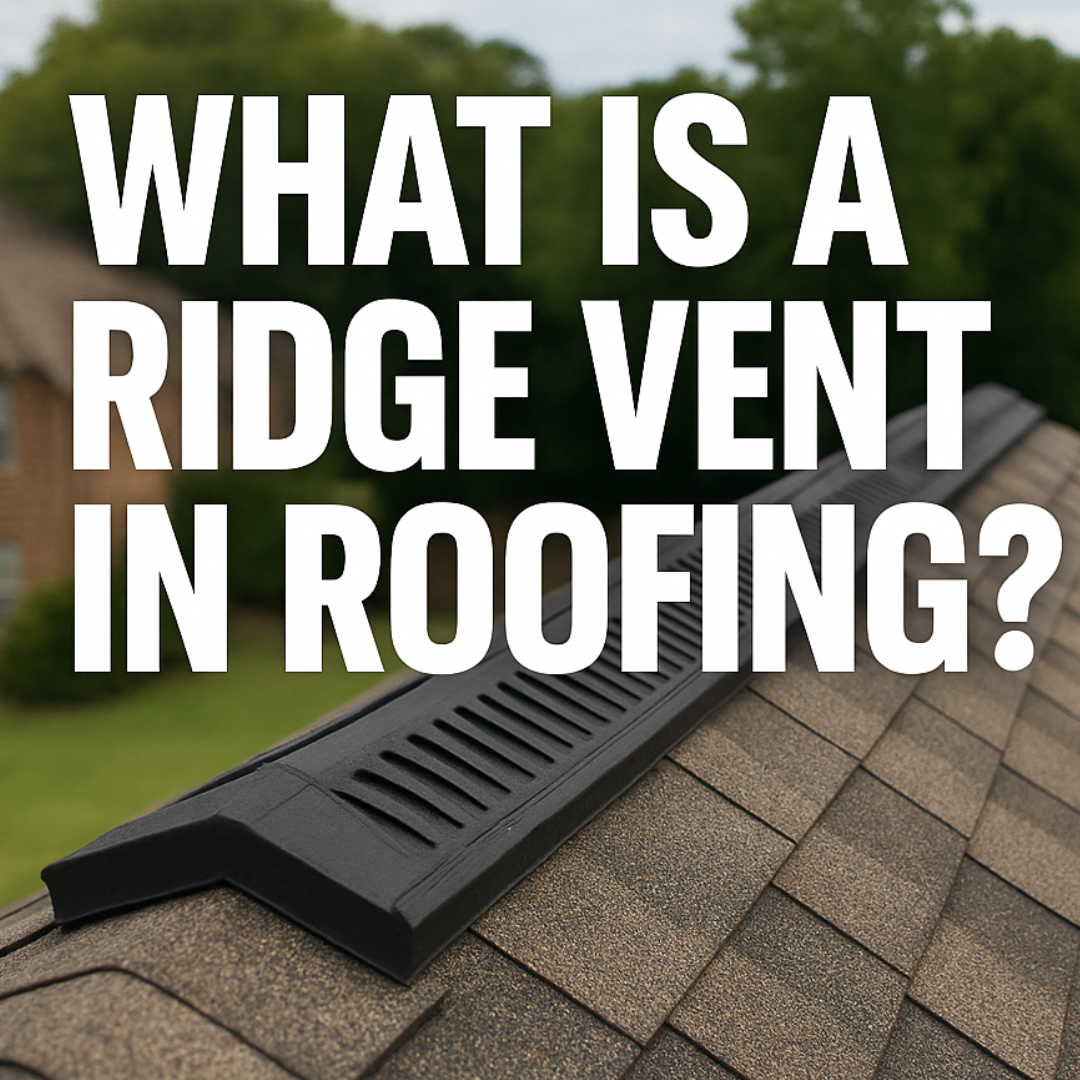A ridge vent is a critical component in modern roofing systems designed to ensure proper attic ventilation. Installed along the peak of a sloped roof, ridge vents allow warm, humid air to escape from the attic while working in tandem with soffit vents to promote airflow. This passive ventilation method plays a major role in maintaining the structural integrity and energy efficiency of your home.
As leading roofing contractors near me often explain, poor ventilation can lead to a buildup of heat and moisture, resulting in problems such as warped decking, mold growth, increased cooling costs, and premature deterioration of roofing materials.
Why Is a Ridge Vent Important?
A properly installed ridge vent can dramatically improve the health and efficiency of a residential roofing system. Here’s how:
- Reduces Moisture Buildup: Warm air carrying moisture rises into the attic. Without proper ventilation like a ridge vent, this moisture can rot wood framing and insulation.
- Extends Roof Life: Overheated attics can cause shingles to blister and fail early. Ridge vents help reduce that risk.
- Lowers Energy Costs: By regulating attic temperature, ridge vents reduce strain on HVAC systems, cutting cooling bills.
- Supports Roof Warranty Compliance: Many roofing material manufacturers require proper ventilation—like ridge vents—to maintain warranty coverage.
How Ridge Vents Are Installed
The process is typically handled by certified roofing contractors during a new roof installation or a roof replacement. A section is cut along the roof’s peak, and the ridge vent—either a shingle-over or aluminum vent—is laid over the opening and secured in place. It’s a job that requires precision, which is why homeowners are encouraged to work with roofers near me who specialize in residential and affordable roofing company services.
Do All Roofs Need Ridge Vents?
Not necessarily. Ridge vents work best on gable-style roofs with adequate soffit vents. Flat or low-slope roofs may require other roof ventilation systems, such as turbines or powered vents. A professional roof inspection can determine if a ridge vent is right for your home.
Should You Add a Ridge Vent During Roof Repair or Replacement?
Absolutely. If you’re already working with a roofing company in Joplin, Bentonville, or Grove, this is the ideal time to add or upgrade your roof ventilation system. Many roof repair companies near me recommend ridge vent installation during a full roof replacement or major shingle tear-off for maximum benefit and cost-efficiency.
Final Thoughts
Whether you’re building a new home, repairing storm damage, or investing in a roof replacement, don’t overlook ventilation. Ridge vents are a simple yet powerful upgrade that improves comfort, energy efficiency, and roofing longevity.
For expert advice and roof installation services, trust Ridgeline Roofing and Solar—your local source for residential roofing, roof leak repair, and quality roofing materials in Missouri, Arkansas, and Oklahoma.
Get a FREE QUOTE by contacting us today or call 844-RDG-LINE to schedule your consultation today.

